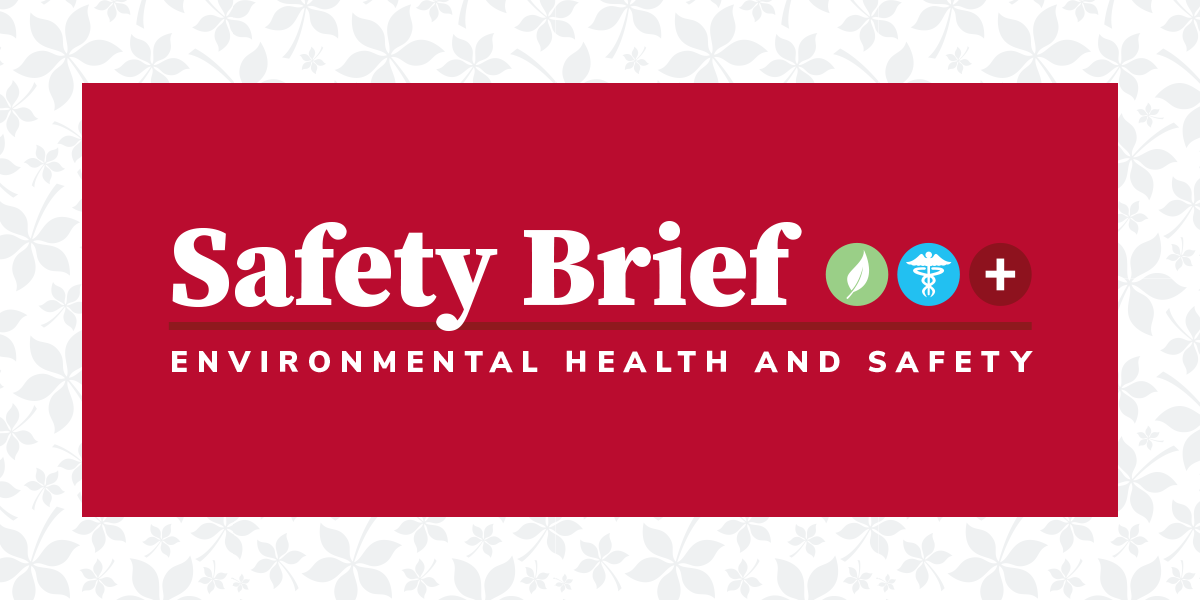Bloodborne pathogens are disease-causing microorganisms that are found in blood and other potentially infectious body fluids. Here are some tips on how to stay safe when coming in contact with blood or bodily fluids:
Exposure
Exposure to pathogens may occur through your mucous membranes, including your eyes, nose, mouth, or any opening in your skin. It can occur from abrasions, burns, rashes, paper cuts, or by handling or touching contaminated matierials or surfaces. The most common BBP's are Hepatitis B (HBV), Hepatitis C (HBC), and Human immunodeficiency virus (HIV).
Engineering Controls
Engineering controls consist of machinery that reduce employee exposures to harmful agents. Engineering controls are the first line of defense to prevent exposures to Bloodborne Pathogens. Examples of engineering controls include:
- Biological Safety Cabinets
- Sharp containers
- Centrifuges with aerosol proof safety lids
Personal Protective Equipment
The Bloodborne Pathogens Standard (29 CFR 1910.1030) and the CDC`s recommended universal standard precautions both include personal protective equipment such as gowns, gloves, masks, and eye protection to protect workers from exposure. Once PPE is removed, ensure that you wash your hands after, and before leaving the lab.
